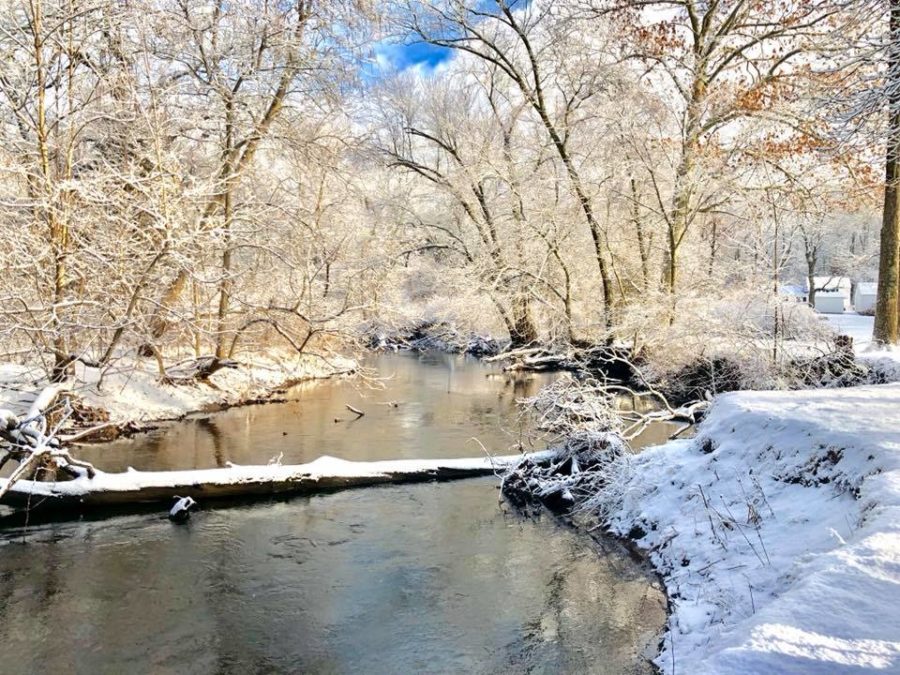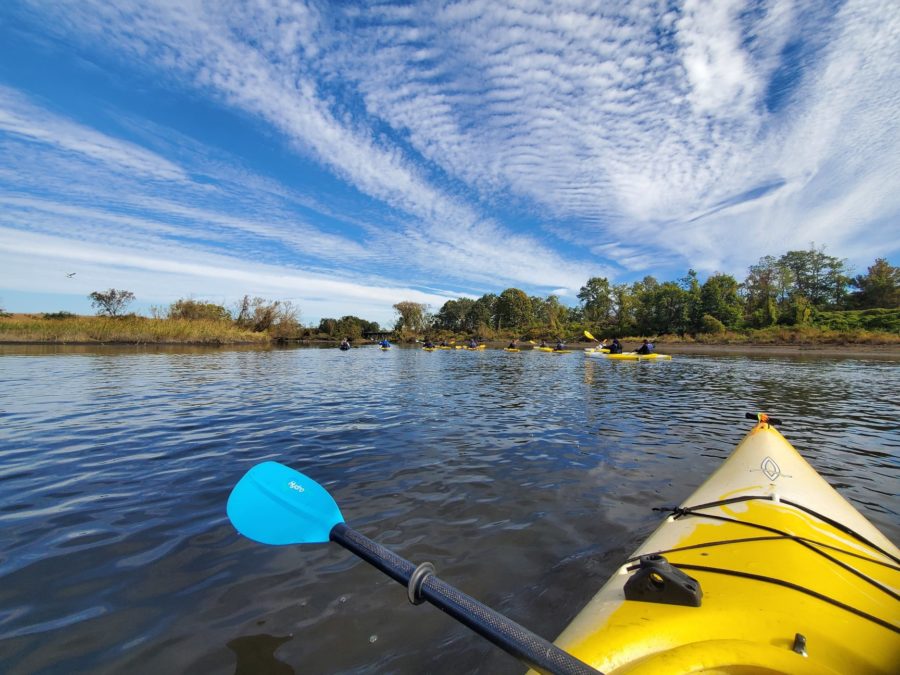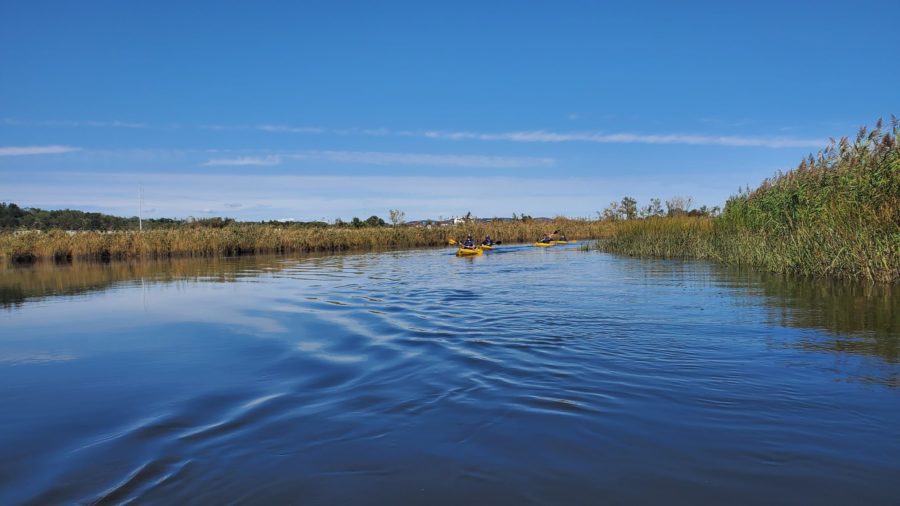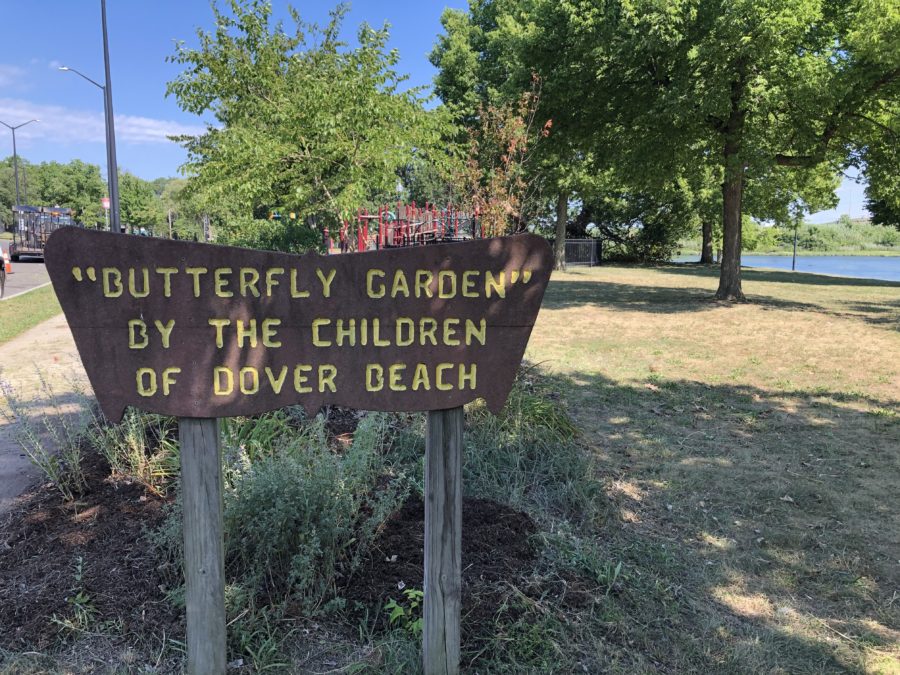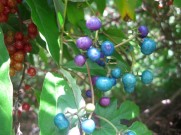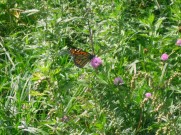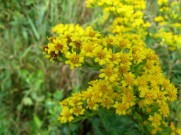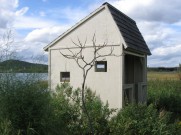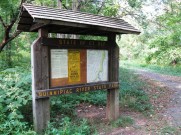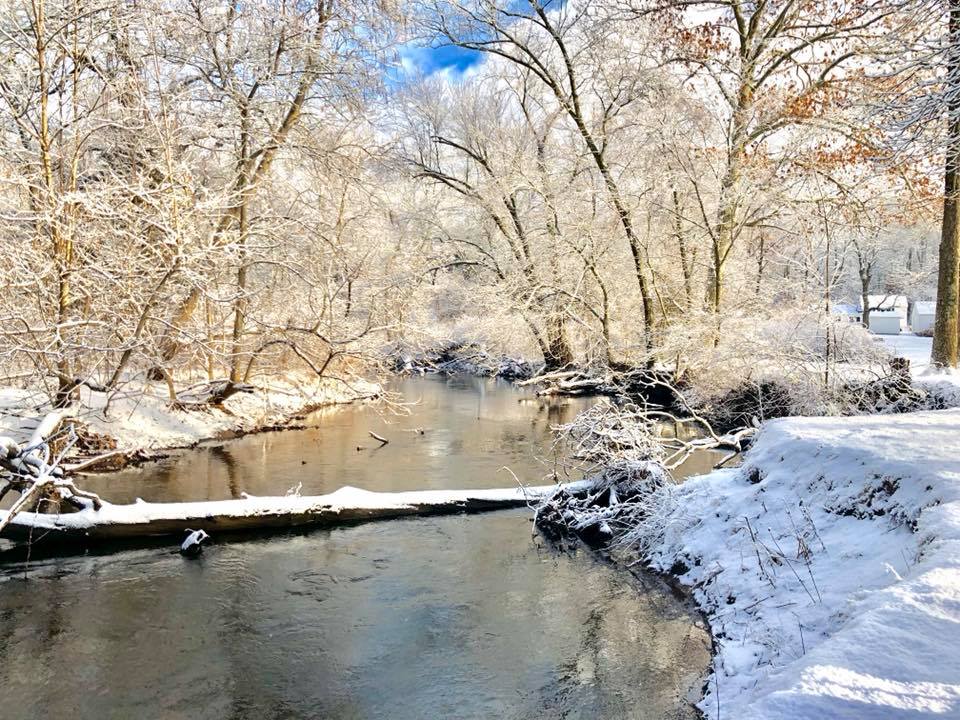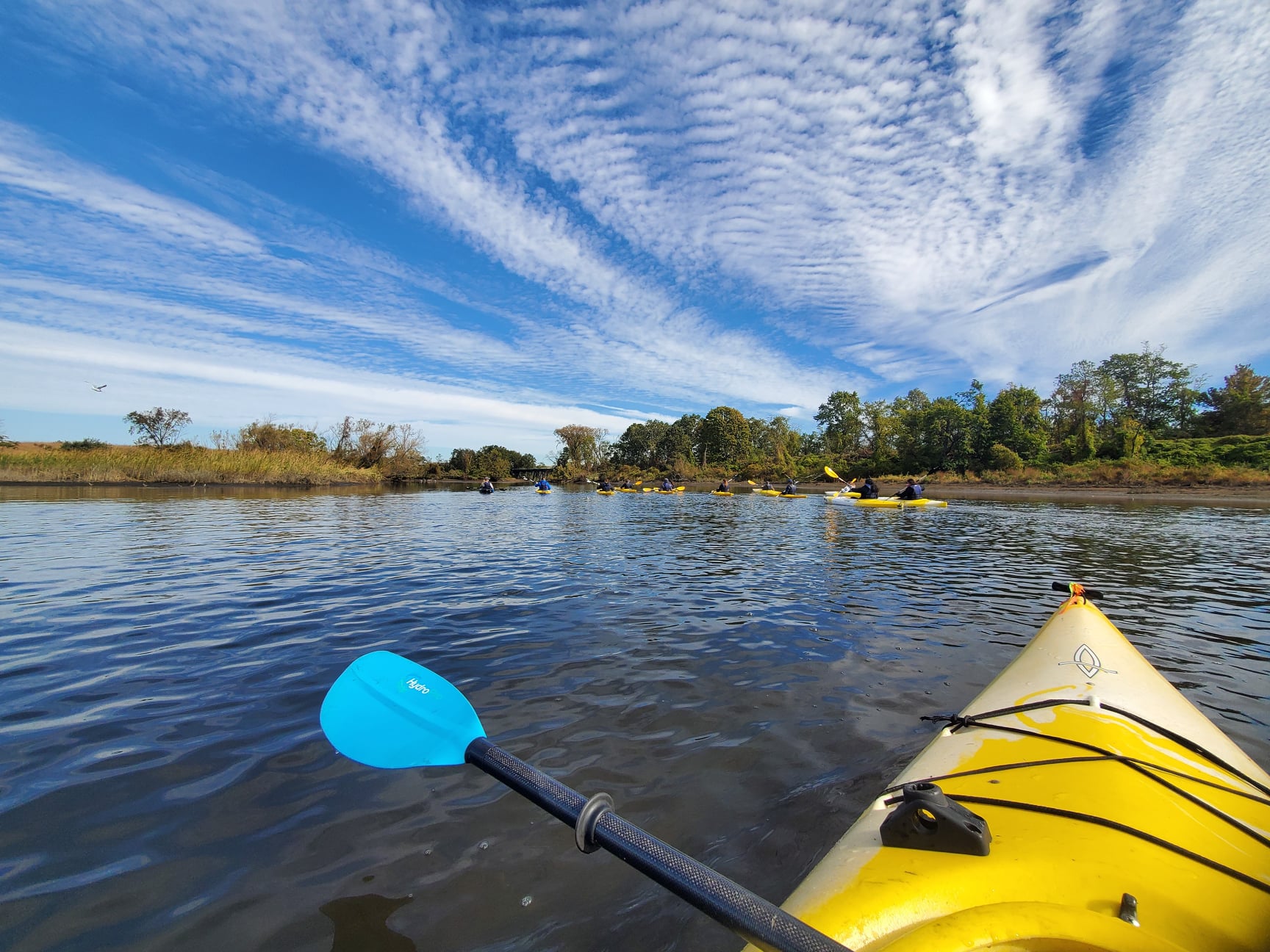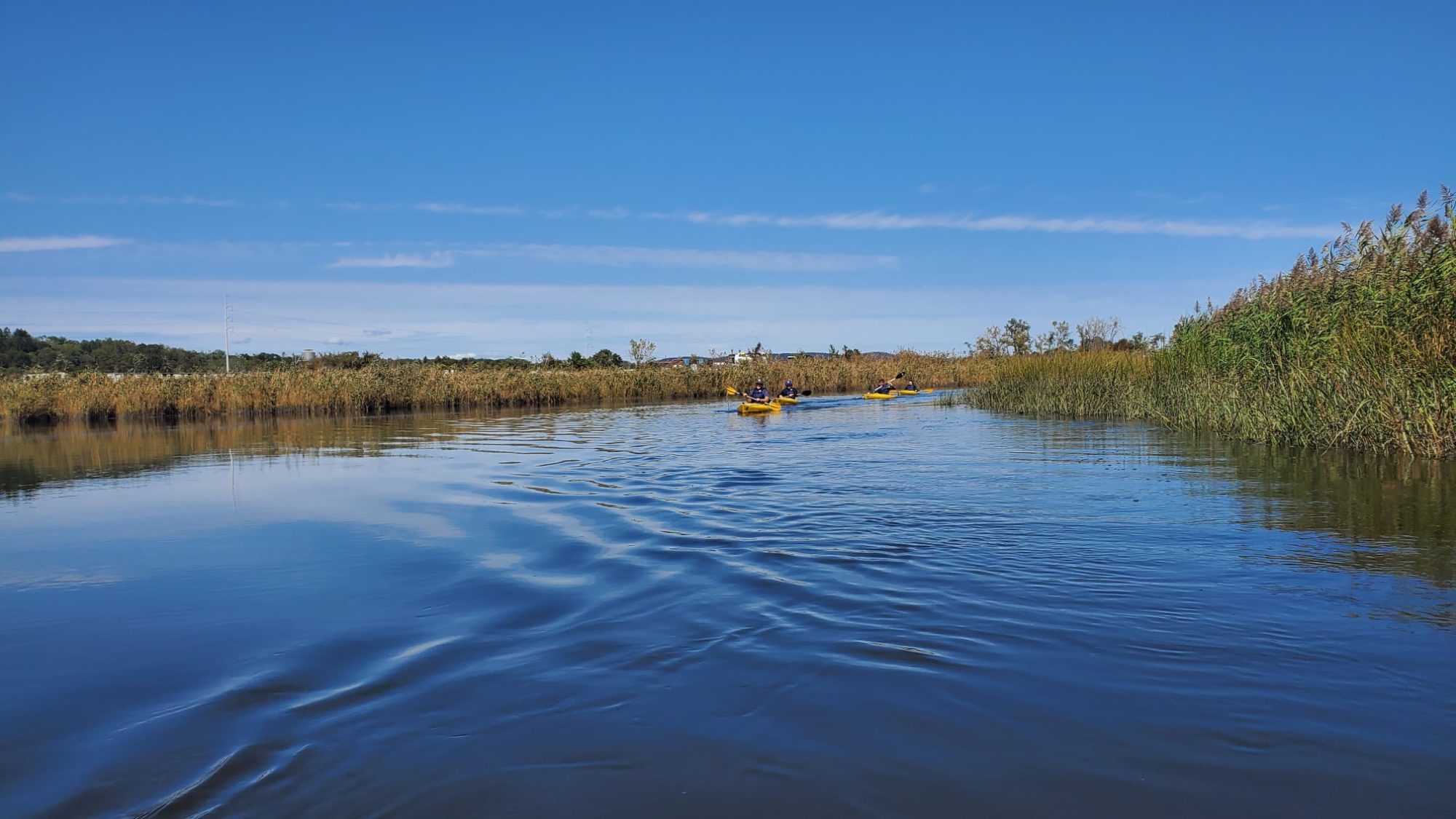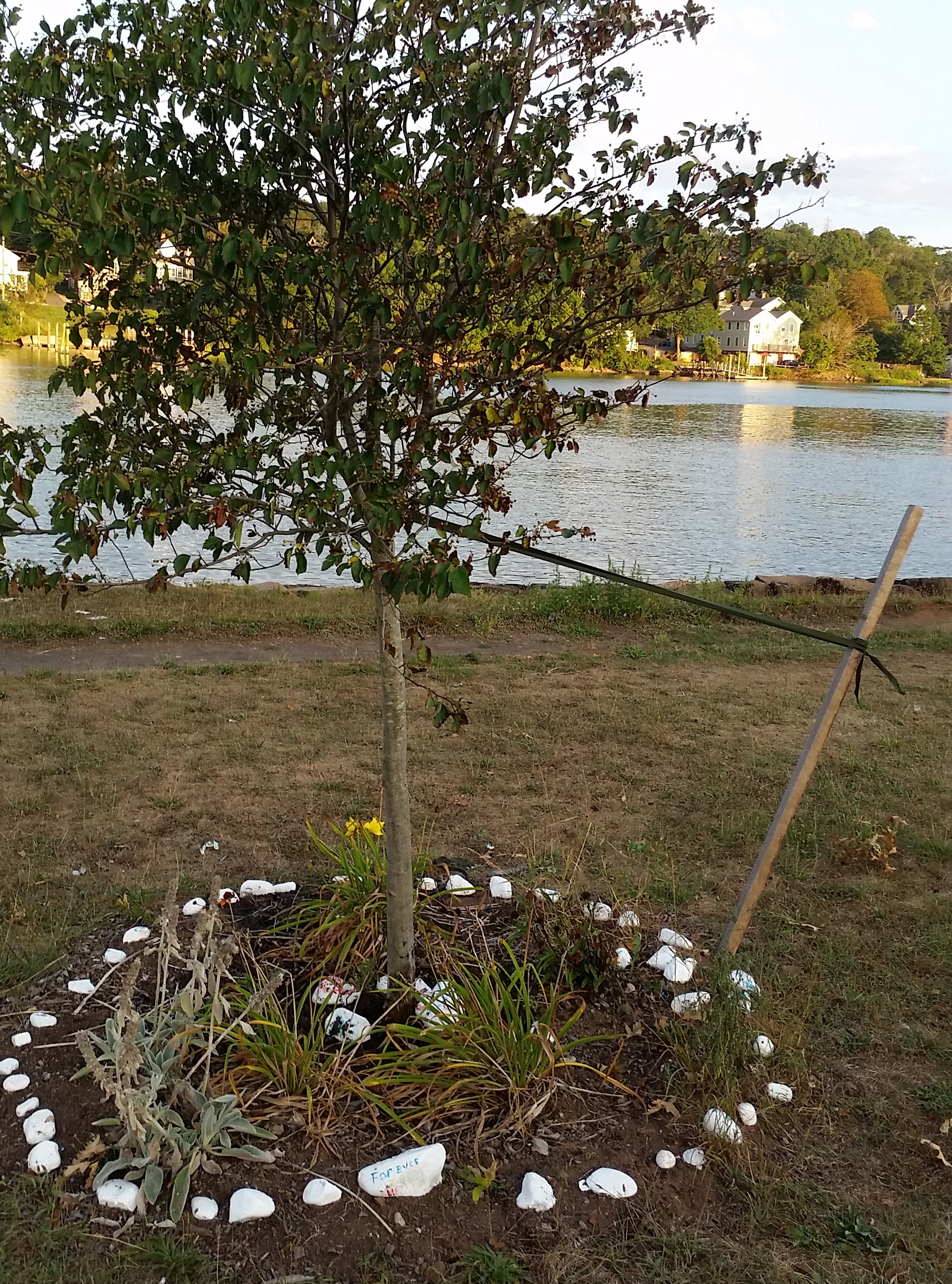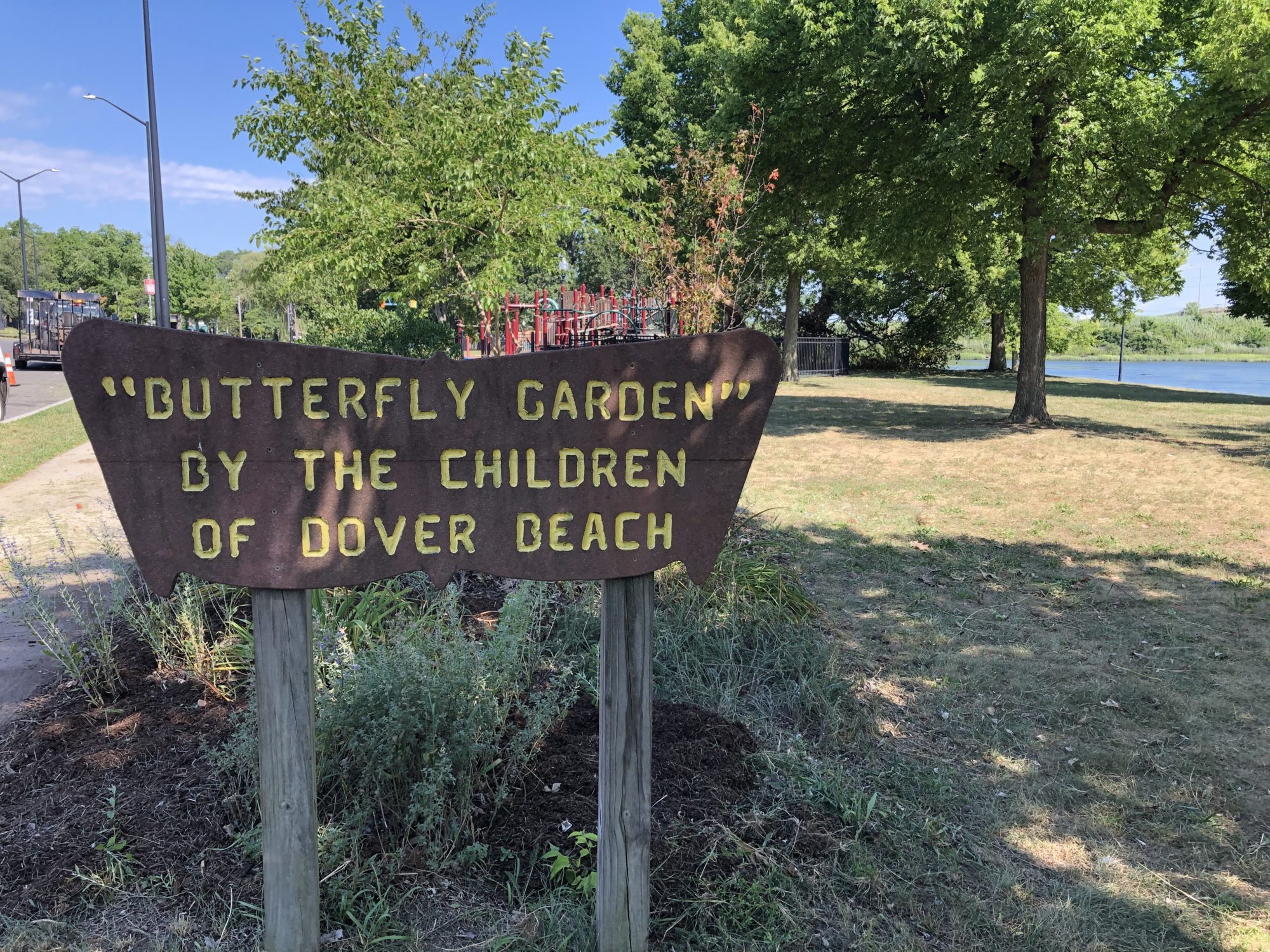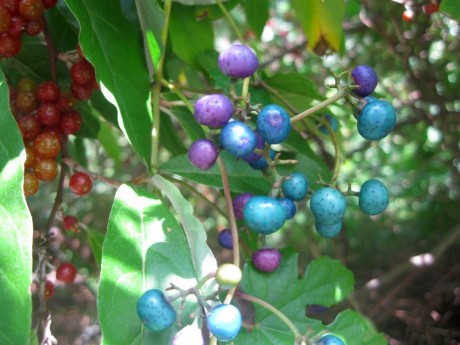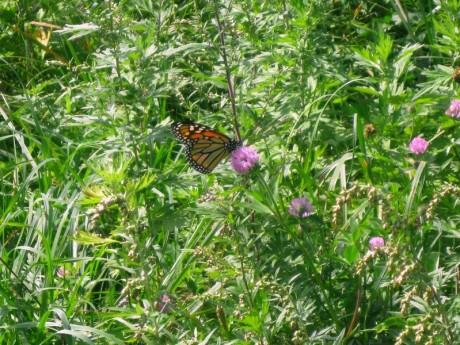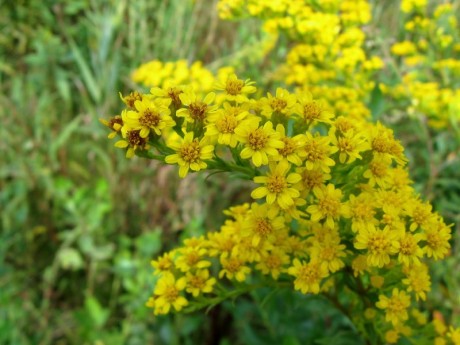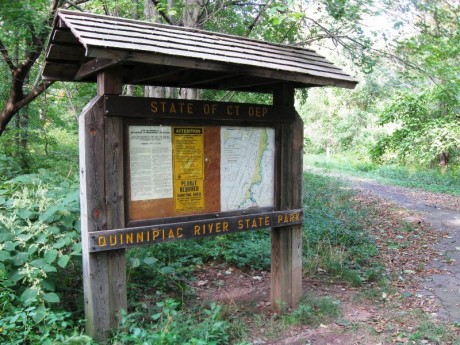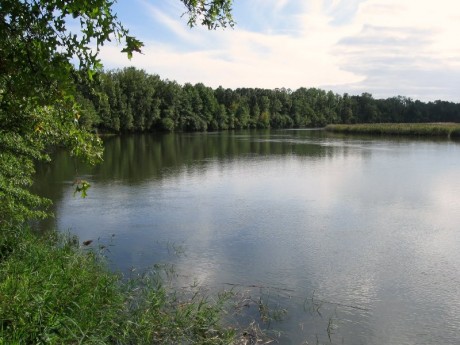Return to Main Stewardship Atlas Page
Quinnipiac River
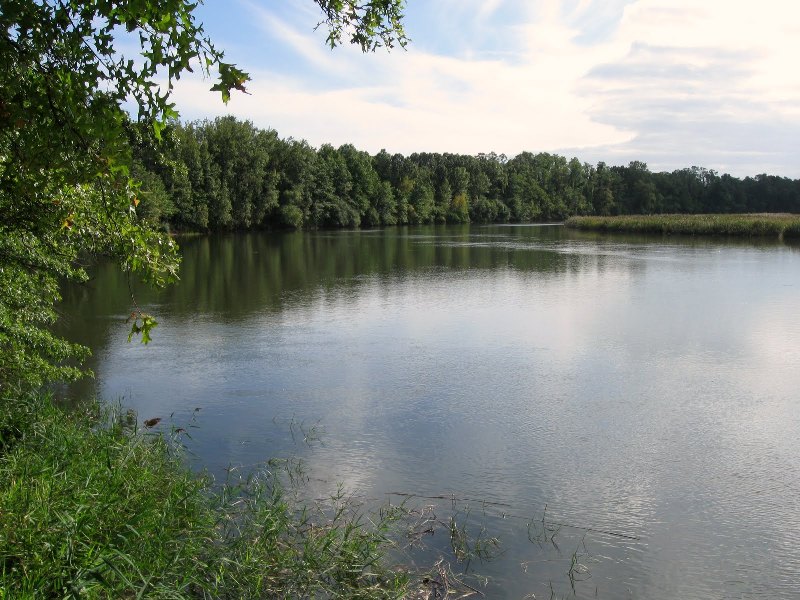
Location
New Haven, CT
Anchor Site(s)
Quinnipiac River Marsh Wildlife Management Area and State Park
About the Sites
The Quinnipiac River Marsh Wildlife Management Area (WMA) and the Quinnipiac River State Park are extraordinary ecological and outdoor recreation resources within the highly urbanized lower Quinnipiac River area. The habitats here are largely brackish and fresh tidal water marshes with adjacent uplands. The Wildlife Management Area and State Park is nearly 900-acres and contains important habitat that supports several endangered and threatened bird species. The sites also provide popular, nature-based outdoor recreation opportunities like canoeing and kayaking through the marsh and hiking along trails maintained by the North Haven Trail Association. The Quinnipiac River, its marshes, and surrounding uplands are places where plants, animals, and people are learning to co-exist within an area that accommodates many and sometimes competing uses.
- National Audubon Society has designated the Quinnipiac Marsh an Important Bird Area due to its high concentrations of migratory birds. The ecologically-rich brackish tidal marshes support abundant migratory waterfowl.
- In the past, the marshes supported the largest population of muskrat in Connecticut.
- The marsh habitat supports threatened and endangered Connecticut birds, including the great and snowy egrets, northern harrier, and least bittern.
- Significant areas of low marsh habitat, formerly dominated by narrow-leaved cat-tail, have drowned. This situation is likely related to marsh subsidence and sea-level rise.
- The area provides essential food supplies to migratory dragonflies and butterflies.
- The area supports eastern box turtle and wood turtle, both Connecticut species of Special Concern.
- CT DEEP Wildlife Division has improved important wintering habitat for the northern saw-whet owls at this site by planting evergreens and managing invasive plants.
- Birdwatch and enjoy excellent wildlife viewing, particularly from a canoe or kayak that can be launched at the Quinnipiac River Water Access Area which is at the gate near the end of Banton Street in North Haven.
- Hike along the path of the former Quinnipiac Trail, now managed by the North Haven Trail Association. See this map for more details.
- Explore the tidal marsh section of the river by canoe or kayak, launching from the Quinnipiac River Wildlife Management area at 379 Sackett Point Road, North Haven. The launch is accessed by a narrow dirt road, located between gravel processing equipment on the Tilcon Property and the Frankson Fence Company. Paddling information can be found here.
- Provides pedestrian access to the edge of the marsh with opportunities to observe marsh-dependent wildlife close-up within a critically important habitat area.
- The Quinnipiac River
The website, funded by the Quinnipiac River Fund, is an excellent resource about the river and its 38-mile watershed. - Quinnipiac R. Watershed Association
The Quinnipiac River Watershed Association (QRWA) was founded in 1971 for the purpose of conserving the watershed, restoring its health, and improving recreational opportunities. QRWA provides various programs, a monthly speaker series, and volunteer opportunities on its website. - Audubon CT: Quinnipiac River Marsh
Audubon Connecticut’s website offers more information about the ecological significance of the marsh and bird use in this Important Bird Area. - North Haven Trails
The North Haven Trails Association maintains trails within the management area and state park, and seeks volunteers to improve access. - Urban Wildlife Refuge Partnership
In 2013, US Fish and Wildlife Service designated a number of urban parks south of the Stewardship Area to New Haven Harbor as an Urban Wildlife Refuge.
- The Quinnipiac Meadows: Eugene B. Fargeorge Preserve, a 35-acre preserve along the Quinnipiac River, includes two miles of hiking trails and a bird blind along the salt marsh that’s great for viewing wildlife. It’s located south of the Wildlife Management Area.
- Visit the nearby Marsh Botanical Garden at Yale University. The garden features a native plant bog garden, as well as a carnivorous plant showcase and an indoor tropical collection.
- Go for a hike at Peter’s Rock Park. There are various trails you can take, depending on the level of difficulty you are looking for. For an extra challenge, try taking the red trail.
- The Connecticut Coastal Access Guide provides a description and directions to Quinnipiac Meadows.
- If you’d like to volunteer in this area, look to the Quinnipiac River Watershed Association—the organization is always looking for help with a range of committees.
- Refer to the Canoe and Natural Resource Guide to the Quinnipiac River by the Quinnipiac River Watershed Association for descriptions and maps regarding access points along the river. Complete with tips, notes of interest, geological background, and historical commentary, this document is a must-read for canoers and anglers looking to explore the area.
- Hunters can print out and bring this one-page map courtesy of CT DEEP which demarcates Quinnipiac and nearby areas with a legend of hunting regulations.
- The trail can get flooded during times of high water.
- Be aware of poison ivy and ticks along the trail.
- Hunting is allowed but a permit is needed. Visitors are advised to wear orange clothing during hunting season.
- Be aware of public safety advisories of consuming fish taken from Long Island Sound and its tributaries issued by the Connecticut Department of Public Health.
- New Haven Harbor Watershed Urban Wildlife Refuge Partnership. Longislandsoundstudy.net/wp-content/uploads/2012/09/NewHavenHarborWatershed.pdf. Web. July 6, 2021.
- North Haven Trail Association. Northhaventrails.org/. North Haven Trail Association. Web. July 6, 2021.
- Quinnipiac River Marsh. Ct.audubon.org/conservation/quinnipiac-river-marsh. Audubon Connecticut. Web. July 6, 2021.
- Quinnipiac River Watershed Association. Qrwa.org/. Quinnipiac River Watershed Association. Web. July 6, 2021.
- The Quinnipiac River. Thequinnipiacriver.com/. Quinnipiac River Fund. Web. July 6, 2021.
- Waters, Joseph H. 1967. Gray Seal Remains from Southern New England Archeological Sites. Journal of Mammalogy. 48: 139-141.

